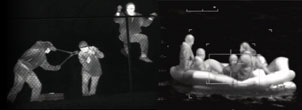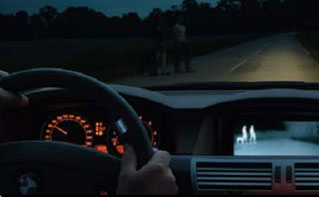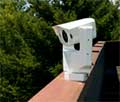
|
Are thermal cameras damaged by solar radiation
Situations can occur where a thermal imaging camera is looking directly at the sun. For some thermal imaging cameras
this can “fry” the detector”. In this technical note you can read that FLIR Systems thermal imaging cameras are not
damaged by solar radiation.
|
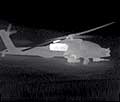
|
Uncooled detectors for thermal imaging cameras
In the last few years thermal imaging has found its way into many more commercial applications. Most of these applications
require a low cost product with an uncooled detector. These sensors image in the LWIR, or longwave
infrared band (7 - 14 µm). Different types of uncooled detectors are available on the market. Since the infrared detector
is the heart of any thermal imaging camera, it is of the utmost importance that it is of the best possible quality.
Uncooled detectors are made of different and often quite exotic materials that each have their own benefits.
Microbolometer-based detectors are either made out of Vanadium Oxide (VOx) or Amorphous Silicon (a-Si) while there
|

|
What is the difference between a cooled and an uncooled thermal imaging camera
Long-range surveillance in low-light conditions or total darkness is a perfect application for thermal imaging technology.
This type of surveillance is often required at borders or for large perimeters where most threats occur at night.
There are however a multitude of choices of thermal imaging camera systems for mid to long-range surveillance in the
commercial marketplace. An often asked question is. “Should I use a cooled or an uncooled thermal imaging system and
which one is the most cost effective?”
|
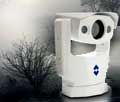 |
Can thermal imaging cameras see through fog
Although thermal imaging cameras can see in total darkness, through light fog, light rain and snow, the distance they can see is affected by these atmospheric conditions. The article explains how and how much the range performance of a thermal imaging camera is affected by fog. |
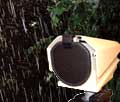 |
Do thermal imaging cameras need wipers
Because thermal imaging cameras can also be used in light rain, fog, snow, smoke and other extreme environments, the questions often rises: “Is water or dust on the lens obstructing the vision of the thermal imaging camera? Is it necessary to install wipers before the lens of the thermal imaging camera so that water and dust can be removed?” |
